Types Of Hemangioma Radiology
Haemangiomas are pathologically classified into four types based on the predominant type of vascular channel identified within the lesion. Capillary cavernous venous and arteriovenous AV haemangiomas.
 Orbital Cavernous Haemangioma Radiology Case Radiopaedia Org Radiology Radiography Radiologic Technology
Orbital Cavernous Haemangioma Radiology Case Radiopaedia Org Radiology Radiography Radiologic Technology
Most cases of liver hemangiomas are discovered during a test or procedure for some other condition.

Types of hemangioma radiology. It has two main histopathological types cavernous involves relatively large vessels and capillary involves small capillaries angiomas 11. They can occur virtually anywhere but the majority are found in the head and neck regions. Features of typical lesions include.
There are many types of hemangiomas and they can occur throughout the body including in skin muscle bone and internal organs. Vertebral hemangiomas are a common etiology estimated to be found in 10-12 of humans at autopsy. They are slow-growing and most are not symptomatic.
In the borderline category kaposiform hemangioendothelioma is a childhood tumor that may be associated with thrombocytopenia and consumptive coagulopathy whereas Kaposi sarcoma is most commonly encountered in the immunocompromised adult. Cystic or multilocular hemangiomas. Progressive peripheral enhancement with more.
This article aims to be a generic discussion of the condition for detailed and more specific imaging features please refer to subarticles. At ultrasonography US hemangiomas classically appear as focal homogeneous hypovascular echogenic lesions. Less frequent types are large heterogeneous hemangiomas.
Superficial on the surface of the skin deep under the skin and mixed. Typically show discontinuous nodular peripheral enhancement small lesions may show uniform enhancement portal venous phase. Often hypoattenuating relative to liver parenchyma.
Hemangiomas with fluid-fluid levels. A liver hemangioma is made up of a tangle of blood vessels. On unenhanced CT it may appear as an ill-defined mass of similar attenuation to muscle.
Most hemangiomas occur on the surface of the skin or just beneath it. The various retinal vascular tumors are benign and each has distinct funduscopic and imaging features. T1 T2 and STIR MRI images of a vertebral hemangioma A vertebral hemangioma VH is a vascular lesion within a vertebral body.
Hepatic cavernous venous malformation hepatic hemangioma atypical hepatic venous malformation atypical hepatic hemangioma giant hepatic venous malformation giant hepatic hemangioma flash filling hepatic venous malformation flash filling hepatic hemangioma splenic cavernous venous malformation splenic hemangioma. Klippel-Trenaunay-Weber disease Osler-Rendu-Weber disease and von HippelLindau disease are all associated with hemangiomas 3. Several types of benign and malignant tumors can arise in the retina originating from neural retinoblastoma vascular hemangiomahemangioblastoma and glial astrocytic hamartoma and acquired astrocytoma elements.
Small lesions may be occult on plain film while large lesions may show evidence of a focal soft tissue swelling - associated. A hemangioma is a common vascular birthmark made of extra blood vessels in the skin. Ous and extracutaneous hemangiomas to refine our under-standing of our proposed categories 1420-26.
A liver hemangioma he-man-jee-O-muh is a noncancerous benign mass in the liver. Infantile hemangiomas are benign vascular neoplasms that are the most common head and neck tumors of infancy. They often develop on the face and neck and can vary greatly in color shape and size.
In contrast a rare type of vascular tumor intramuscular capillary-type hemangioma usually presents beyond the period of infancy with nonspecific symptoms and no evidence of involution. 1 2 However some lesions are known as mixed-type haemangiomas because they have an admixture of different types of vessels. Focal multifocal and diffuse with each category demon-strating distinctive imaging pathologic and physiologic Fig.
Based on this analysis we speculated that IHH comprised 3 subtypes. Other terms for a liver hemangioma are hepatic hemangioma and cavernous hemangioma. CT may also show the.
Hemangiomas present a diagnostic challenge because they can be mistaken for hyper-vascular malignancies of the liver and can coexist with and occasionally mimic other benign and malignant hepatic lesions including focal nodular hyperplasia hepatic adenoma hepatic cysts hemangio-endothelioma hepatic metastasis and primary hepatocellular carcinoma 1 2 3. In some cases specifically capillary types lytic erosion into the epidural space can occur however rare 2. 1 Axial view of focal hepatic hemangioma demonstra-.
Infantile hemangiomas demonstrate a pattern of proliferative growth in infancy followed by a slow phase of involution. Commonly these are benign lesions that are found incidentally during radiology studies for other indications. A frequent type of atypical hepatic hemangioma is a lesion with an echoic border at ultrasonography.
The differential diagnosis of spinal epidural hemangiomas included herniated disks synovial cysts granulomatous infections neurogenic tumors lymphomas meningiomas angiolipoma pure epidural hematoma and epidural extramedullary hematopoiesis depending on the MR types 5 8 11 14 19 On-line Table 2. There are three main types of hemangioma.
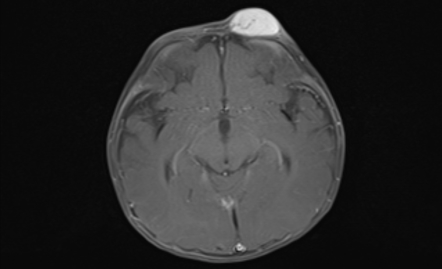 Infantile Hemangioma Radiology Reference Article Radiopaedia Org
Infantile Hemangioma Radiology Reference Article Radiopaedia Org
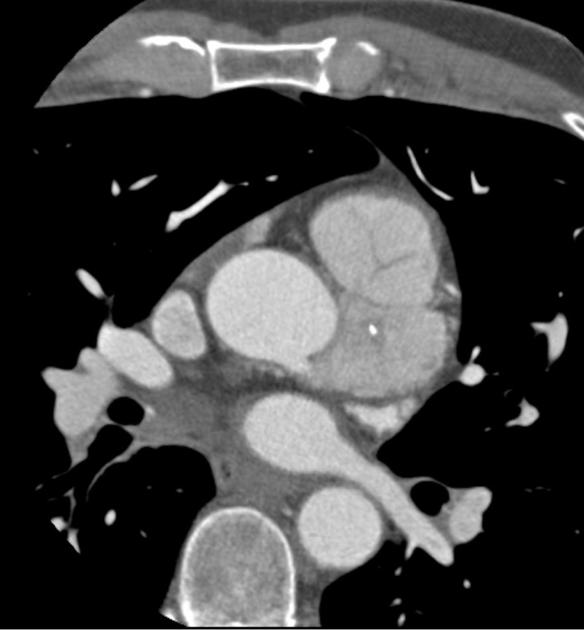
 Symptomatic Thoracic Vertebral Hemangioma A Case Report And Literature Review1 Archives Of Physical Medicine And Rehabilitation
Symptomatic Thoracic Vertebral Hemangioma A Case Report And Literature Review1 Archives Of Physical Medicine And Rehabilitation
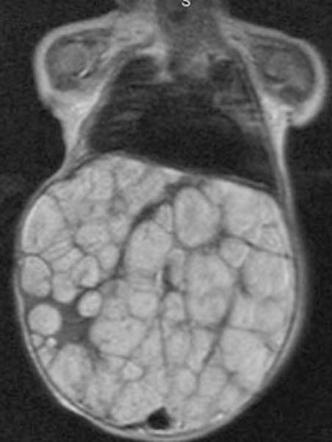 Infantile Hepatic Hemangioma Radiology Reference Article Radiopaedia Org
Infantile Hepatic Hemangioma Radiology Reference Article Radiopaedia Org
 Infantile Hemangioma Radiology Reference Article Radiopaedia Org
Infantile Hemangioma Radiology Reference Article Radiopaedia Org
Https Www Ajronline Org Doi Pdfplus 10 2214 Ajr 180 1 1800135
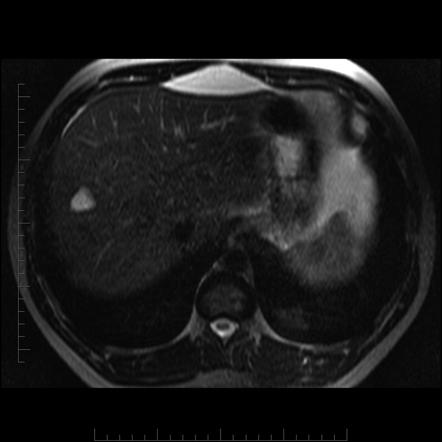 Hepatic Hemangioma Radiology Reference Article Radiopaedia Org
Hepatic Hemangioma Radiology Reference Article Radiopaedia Org
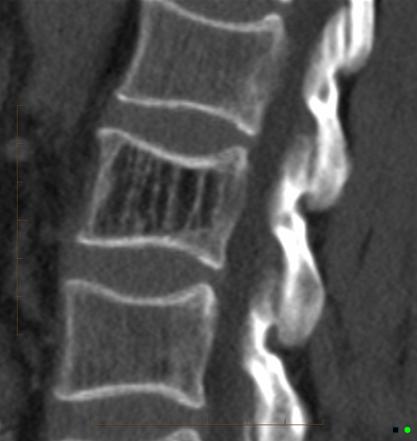 Vertebral Hemangioma Radiology Reference Article Radiopaedia Org
Vertebral Hemangioma Radiology Reference Article Radiopaedia Org
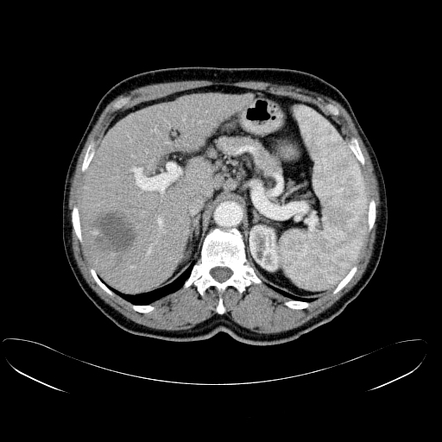 Hepatic Hemangioma Radiology Reference Article Radiopaedia Org
Hepatic Hemangioma Radiology Reference Article Radiopaedia Org
 Internal Hemangiomas Types Diagnosis And Treatment
Internal Hemangiomas Types Diagnosis And Treatment
 Hemangioma Radiology Reference Article Radiopaedia Org
Hemangioma Radiology Reference Article Radiopaedia Org
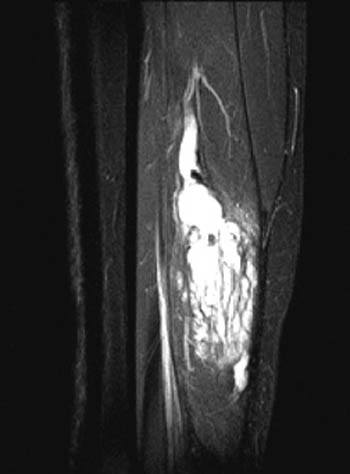 Venous Malformations Radsource
Venous Malformations Radsource
Differentiating Atypical Hemangiomas And Metastatic Vertebral Lesions The Role Of T1 Weighted Dynamic Contrast Enhanced Mri American Journal Of Neuroradiology
 Atypical Mr Imaging Features Of Vertebral Hemangioma Involving The T12 Download Scientific Diagram
Atypical Mr Imaging Features Of Vertebral Hemangioma Involving The T12 Download Scientific Diagram
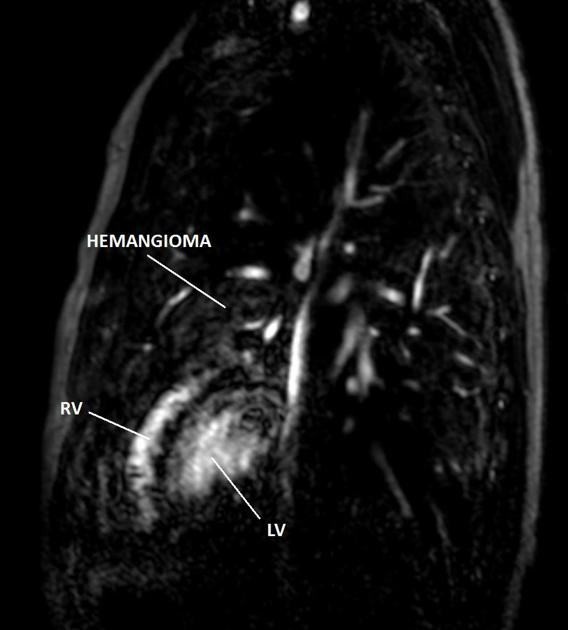 Cardiac Hemangioma Radiology Case Radiopaedia Org
Cardiac Hemangioma Radiology Case Radiopaedia Org
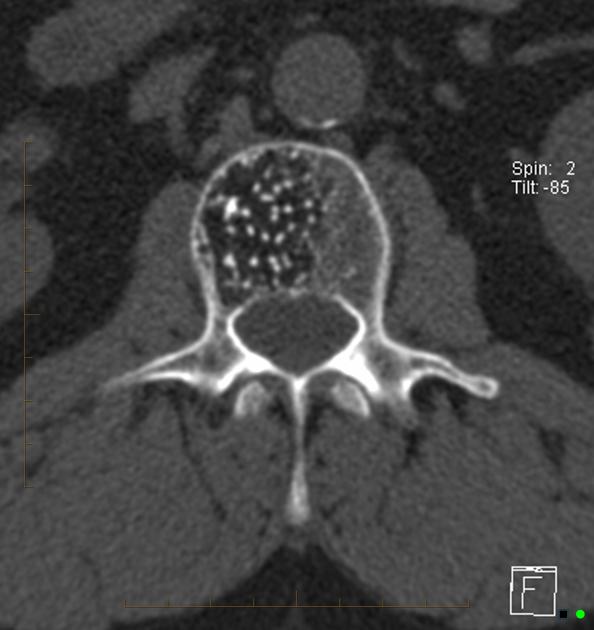 Vertebral Hemangioma Radiology Reference Article Radiopaedia Org
Vertebral Hemangioma Radiology Reference Article Radiopaedia Org
Intracranial Infantile Hemangiomas Associated With Phace Syndrome American Journal Of Neuroradiology
 Infantile Hemangioma Radiology Reference Article Radiopaedia Org
Infantile Hemangioma Radiology Reference Article Radiopaedia Org
